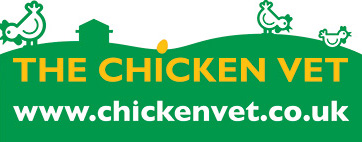Arthritis
Arthritis translates as “inflammation of the joints”. Arthritis can be described as a disease of the cartilage in a joint, however it affects all of the structures within the joint, and if left unmanaged, it can lead to complete joint failure.
Cartilage, which cushions the bones in a joint, degenerates over time which leaves the bone exposed. The bones then rub directly against each other causing pain, inflammation and further damage. The lining of the joint capsule then becomes inflamed, thickened and restrictive. The body tries to compensate by forming new bone around the irritated joint. This can lead to stiffness and further restrict movement. As a result the gait is altered to reduce the use of the painful joints. This causes the ligaments, which help to support the joint, to weaken, leaving the leg unstable and prone to further injury.
Throughout the degenerative process, the nerve receptors within the bone and joint capsule convey messages of inflammation and tissue damage to the brain. These receptors not only increase in number, but also fire off messages to the brain more easily.
If this process is left unmanaged, it eventually develops into a pain process called “wind up”. This is where the brain becomes increasingly aware of pain signals coming from the joints and magnifies them so what was initially a low level of pain is now perceived as a lot of pain.
There are many ways in which we can help support the joints and prevent pain build up. Pain relief comes in many forms and can be tailored to each individual animal based on their needs. Complementary therapies such as acupuncture, physiotherapy and hydrotherapy can work alongside and often reduce the requirement for pain relieving medication.
Other positive interventions such as weight management, home environment adaptations, exercise modification and oral joint supplements can all work together with or without various medications to slow down the degenerative arthritic process and to reduce the impact of arthritic joints on general quality of life.
Please take a look at our Joint questionnaire here to see if your pet may need some extra help with their joints.
-
Previous



